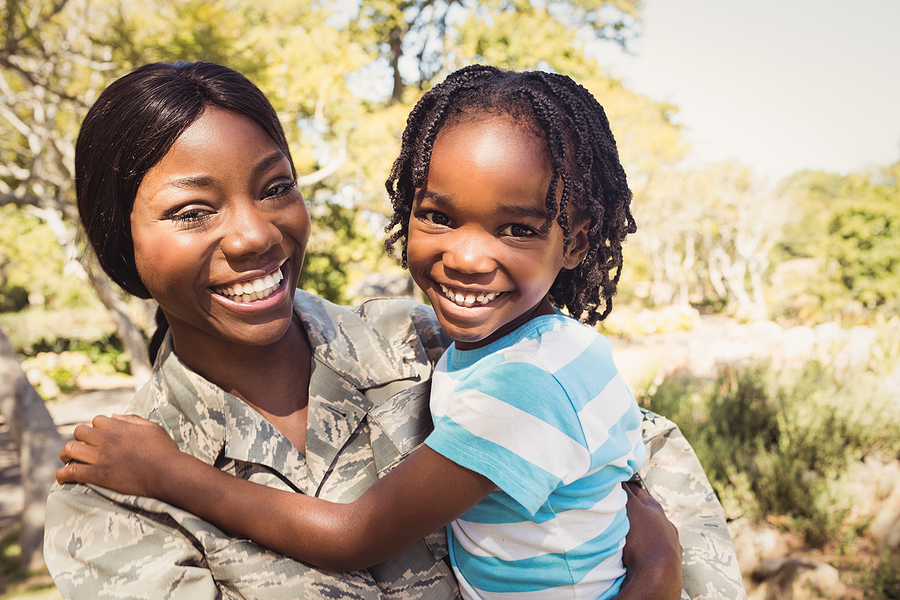
In a recent stride forward for gender equality and recognition, the Department of Veterans Affairs (VA) has set a new record by providing disability benefits to an unprecedented number of women veterans.
This stat was released by the VA during Women’s History Month and as the VA celebrates 100 years of service to women vets with healthcare. Although women have served in every American war, it wasn’t until after World War 1 that they became eligible for veteran healthcare.
Over 702,500 women veterans are receiving their much-deserved benefits, marking a 26% increase over the past five years. This achievement shows the VA’s willingness to make changes where they are needed so that our nation’s heroes can get the benefits they deserve.
It also shows the growing presence and acknowledgment of women in the armed forces.
This milestone is not just a large increase in care, but it will also help to bring the unique challenges and sacrifices made by women who serve to the forefront.
Other Strides in Progress for Veteran Women
Moreover, these strides are happening along with additional, broader commitments to women’s health and welfare.
- The Departments of Defense and VA now provide in vitro fertilization services to all eligible beneficiaries regardless of their marital status, including single, unmarried couples, and same-sex couple veterans.
- In October 2023, veterans were granted access to maternity care coordinators from the beginning of their pregnancy to one year after the birth (previously, it was just eight weeks postpartum). These coordinators help veterans get healthcare inside and outside of the VA, connect veterans with care after delivery, help with follow-up screenings, and more. This means that all new mothers will have the support and resources they need from the VA, regardless of where they give birth.
- President Biden signed a new women’s health research initiative that aims to enhance women’s health nationwide, but also in research and care for veterans by increasing coordination, advancing research on critical health issues, and developing strategies to address key research gaps affecting women in the military and veteran communities.
Hopefully, this progress is a sign that the VA understands veterans’ changing needs—regardless of age, gender, race, tenure, and military branch—and is committed to helping injured veterans regardless of their identity.
Women Veterans and Women in Active-Duty Statistics
Here’s a breakdown based on the latest data on women in the U.S. military, including race, age, ethnicity, service branch, and time served.
- Active-duty Women Are Growing in Numbers: Women in the military have been growing slowly but steadily. Since 2017, the percentages of active-duty women and reserve have risen by 1.1% and 1.8%, respectively.
- Women Veterans Expected To Grow: There are over 2 million women veterans living in the U.S. today, making up approximately 10% of the total veteran population. This number is expected to continue growing.
- Active-duty Women Are Mostly Young: Most female service members are in their twenties and thirties, reflecting the same general military recruitment trends. This also translates to women veterans, as you might expect.
- Women Veterans Younger than Men: Women veterans tend to be younger than male veterans. The median age of a female veteran is 51 years old, compared to 65 for males
- Active-duty Women Have Diverse Backgrounds: Women in the military come from a variety of racial and ethnic backgrounds.
- Women who identify as White make up the largest portion of the female military population.
- Black or African American and Hispanic or Latino make up the second largest population.
- The number of Hispanic and Latino active-duty women has gradually been increasing over recent years.
- Asian, Native American, Pacific Islander, and those who identify as two or more races make up the smallest group by far.
- Increasing Diversity Over Time: The racial and ethnic diversity within the female military population has been increasing, aligning with broader military diversity initiatives.
- Service Length: Female service members exhibit a wide range of service durations, from a few years to several decades; however, they generally serve less time than men.
- Career and Rank: An increasing number of women are making careers in the military and attaining higher ranks.
- Military Service Branch: Women veterans have served across all branches of the military, with the Army with the highest number of women veterans, followed by the Air Force, Navy, Marines, and Coast Guard.
- Men to Women Veteran Population: Only about 1.5% of all women in the U.S. are veterans, whereas veterans comprise 14% of men
- Educational Levels: High levels of education are common among female military personnel, often higher on average compared to their male counterparts.
- Family Status: Many female service members also balance service with family life, including marriage and parenthood; however, there is no data on exactly how many women in the military are married or are parents.
- PTSD in Women Veterans: There is a higher prevalence of PTSD among women veterans compared to both male veterans and civilian women. Research suggests this may be due to experiencing multiple traumas during service, the types of traumas faced, and social factors [VA Women’s Health].
These statistics reflect the current state of women in the U.S. military and show trends toward greater inclusion and diversity.
Unfortunately, there is also a negative side to women in the military that we feel is necessary to discuss in this context.
Suicide Rates: Women veterans are significantly more likely to commit suicide than civilian women. For example, the overall suicide rate for women veterans was 166% higher than that for non-veteran U.S. adult women in 2021. But among young veteran women (ages 18 to 34), the rates are even more alarming, with women vets being 3.5 times more likely to die by suicide than civilian women.
Sexual Trauma: A staggering 1 in 3 women veterans tell their VA health care provider they experienced sexual harassment or assault while in the military. And that is just reported incidents. God knows how many women are harassed or assaulted and don’t speak up because of fear, losing respect, not being promoted, being seen as a victim, embarrassment, and on and on. Naturally, military sexual trauma is linked to increased suicide risks, PTSD, and depression.
These last few statistics highlight the critical need for specific support and action to address the challenges faced by women in the military, both during their service and as veterans.
Help for Women in the Military
Women have been integral to the U.S. military since the Revolutionary War, have been receiving benefits for 100 years, and are just now getting the recognition they deserve. Today, the tide is turning, with women veterans receiving a proportionately higher share of benefits.
However, this doesn’t mean that a veteran woman’s journey is over. Every veteran’s story is unique, and the path to getting the benefits they need can be complex and frustrating.
That’s where specialized legal support from Bartlett Legal Group comes into play. Bartlett Legal Group is committed to guiding vets through the maze of applying for or increasing their VA benefits so we can ensure that those who served our country receive the help they deserve.
Whether you need assistance with your veteran disability denial, appeal, pension, dependency benefits, or something else, our team of experienced veteran benefits lawyers is ready to help you secure the benefits you’ve earned. Contact us today!


